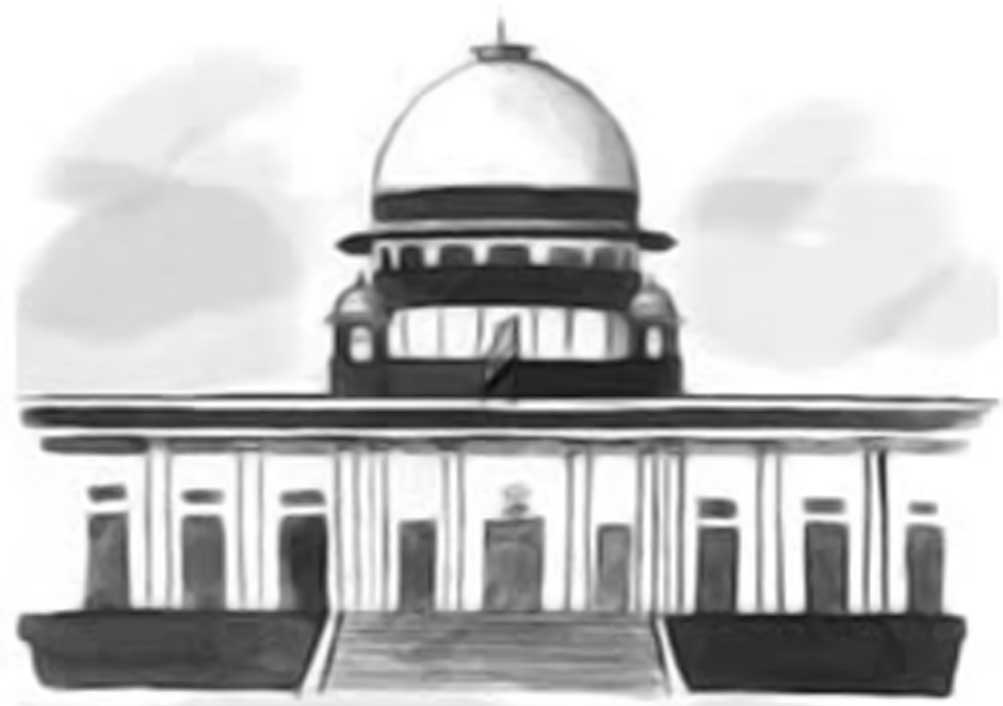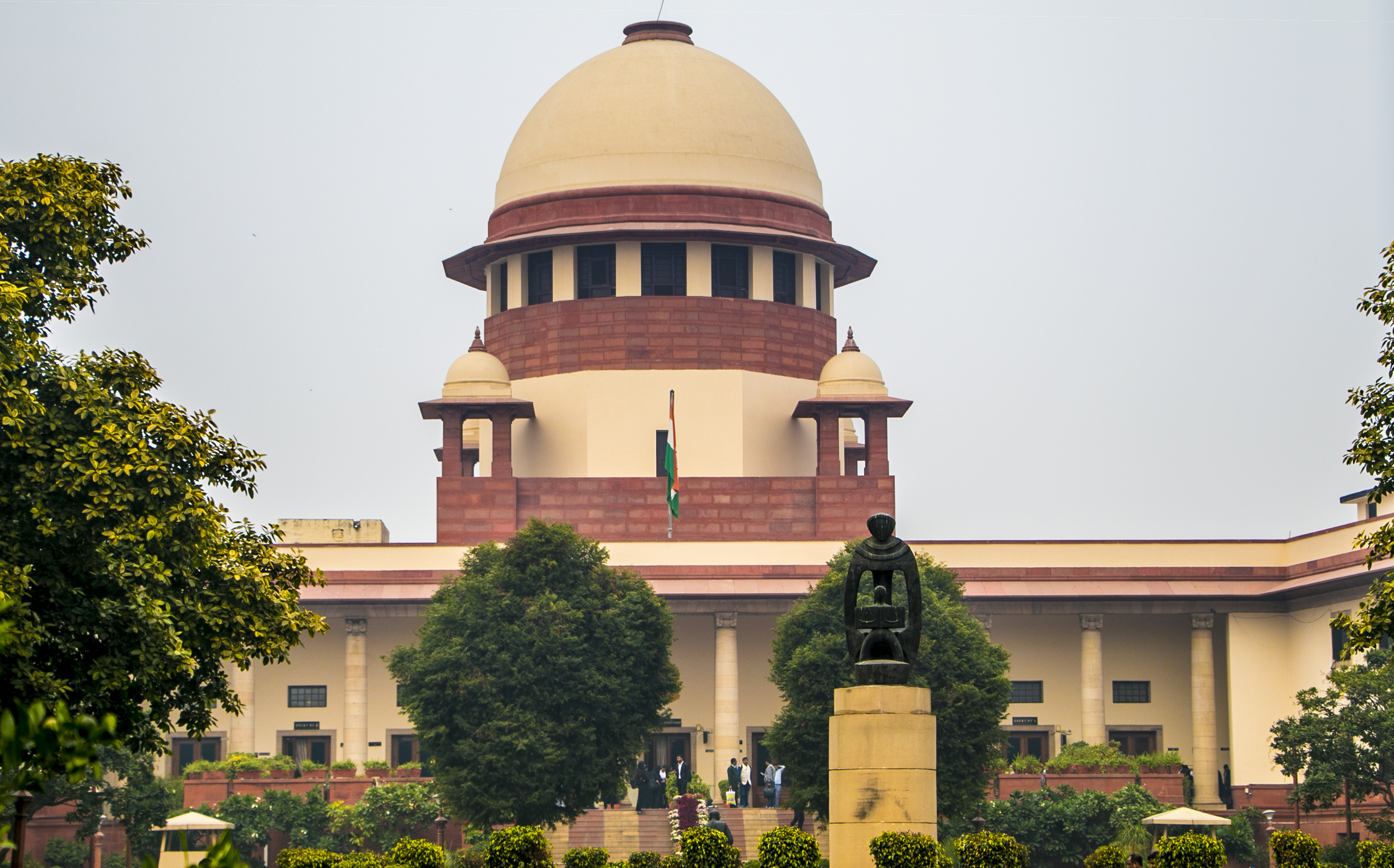Exclusion clauses in insurance contracts are interpreted strictly and against the insurer: Top Court sets aside NCDRC’s order asking United Insurance Company to pay insurance claim of Rs 39 crore
Justices Pamidighantam Sri Narasimha & Aravind Kumar [28-05-2024]

Read Order: United India Insurance Co. Ltd v. M/s Hyundai Engineering & Construction Co. Ltd. & Ors [SC- CIVIL APPEAL NO. 1496 OF 2023]
Tulip Kanth
New Delhi, May 28, 2024: While setting aside the National Consumer Disputes Redressal Commission’s order asking United Insurance Company to release and pay an insurance claim of Rs 39,09,92,828, the Supreme Court has reaffirmed that it is the duty of the insurer to plead and lead cogent evidence to establish the application of an exclusion clause.
The facts of the case suggested that the National Highway Authority of India (NHAI), respondent no. 3 herein, awarded a contract for the design, construction and maintenance of a cable-stayed bridge across the river Chambal on NH-76 at Kota, Rajasthan to a joint venture company comprising of respondent no. 1 and respondent no. 2. The value of the project under the contract was Rs. 213,58,76,000. The appellant, United India Insurance Co. Ltd., an insurance company, issued a Contractors All Risk Insurance Policy covering the interest of NHAI as principal, and M/s Hyundai Engineering Infrastructure Co. Ltd. along with M/s Gammon India as JV Contractor under the policy for the period from 05.12.2007 to 04.12.2011 for a total amount of Rs. 213,58,76,000.
The construction project commenced in December, 2007. While the construction was in progress, a part of the constructed bridge collapsed in 2009, resulting in the death of 48 workmen.After investigation, a final report was filed wherein the officials of the respondent companies were found liable for the loss of lives due to several defects at the stage of design, construction and supervision.
The NHAI intimated the appellant about the incident and requested the deputation of a surveyor to assess the damage caused due to the accident and also sought indemnification of the loss. While furnishing the details, the respondents made a claim of Rs. 151,59,94,542. Later, after issuing show cause notices and getting the response, the NHAI permitted the respondents to continue with the construction work. While assessing the net loss at Rs. 39,09,92,828, the surveyor recommended to the appellant that the insurance claim must be rejected as the respondents no. 1 and 2 had violated the conditions of the insurance policy. The appellant repudiated the insurance claim. In the meanwhile, respondents no. 1 and 2 completed the work under the contract and the bridge was put to public use.
Almost after 2 years of the rejection of the claim, respondents no. 1 and 2 filed a Consumer Complaint before the National Consumer Disputes Redressal Commission alleging deficiency in the appellants service and unfair trade practice adopted by it. The appellant approached the Top Court challenging the Commission’s decision of allowing the Consumer Complaint and directing the appellant to release and pay an insurance claim of Rs 39,09,92,828.
Referring to the judgments in Oriental Insurance Co. Ltd. v. Sony Cheriyan), [LQ/SC/1999/760] , United India Insurance Co. Ltd. v. Levis Strauss (India) (P) Ltd.), [LQ/SC/2022/570 ;] New India Assurance Co. Ltd. v. Rajeshwar Sharma, [LQ/SC/2018/1576] ; Canara Bank v. United India Insurance Co. Ltd., (2020) 3 SCC 455 [LQ/SC/2020/180 ;], the Bench explained that insurance is a contract of indemnification, being a contract for a specific purpose. The courts have to read the insurance contract strictly. Essentially, the insurer cannot be asked to cover a loss that is not mentioned. “Exclusion clauses in insurance contracts are interpreted strictly and against the insurer as they have the effect of completely exempting the insurer of its liabilities”, the Bench affirmed.
Reliance was also placed upon Texco Marketing P. Ltd. v. TATA AIG General Insurance Company Ltd.,[LQ/SC/2022/1422 ;] and National Insurance Co. Ltd. v. Ishar Das Madan Lal), [LQ/SC/2007/207] to reiterate that while dealing with an exclusion clause, the burden of proving the applicability of an exclusionary clause lies on the insurer.It is, the duty of the insurer to plead and lead cogent evidence to establish the application of such a clause. The evidence must unequivocally establish that the event sought to be excluded is specifically covered by the exclusionary clause.
Coming to the facts of the case, the Division Bench of Justice Pamidighantam Sri Narasimha & Justice Aravind Kumar observed that the reports of the independent experts relied upon by the respondents no. 1 and 2 were not marked as exhibits. They were not adduced in evidence as none of these experts was examined as a witness. Under these circumstances, the Bench concluded that the appellants had discharged the burden as enunciated in Texco (supra).
The committee had found that a combination of factors such as lack of stability and robustness in the structure, shortfall in design, lack of quality workmanship have all contributed to the collapse. The primary responsibility was on the contractor, M/s Hyundai and Gammon (JV) who were responsible for allowing the structure to reach a vulnerable stage without taking adequate precautions and there is a shortfall in the design. There were shortcomings in the design for the bridge prepared by M/s SYSTRA. The supervision consultants had not highlighted the shortfall in the design. M/s COWI had also not been sufficiently proactive in preventing lapses in workmanship. The trigger for the collapse appeared to be the failure of M/s Freyssinet.
The Bench was thus inclined to accept the appellant’s submission that there was sufficient evidence to justify repudiation of the claim on the basis of the exclusion clause. There was also sufficient evidence to indicate that the surveyor had made site-visits and the proof of that was part of the pleadings. “Even if the NHAIs decision to continue is taken to be a valid economic decision, that by itself cannot be a reason for not applying the applicable clause of the contract if such applicability is otherwise proved by cogent evidence”, the Bench said.
Allowing the appeal, the Bench set aside the impugned judgment of the NCDRC.
Sign up for our weekly newsletter to stay up to date on our product, events featured blog, special offer and all of the exciting things that take place here at Legitquest.




Add a Comment